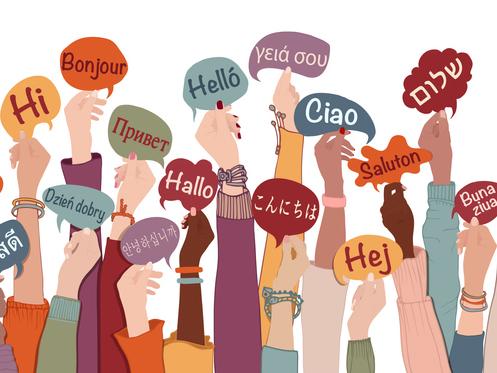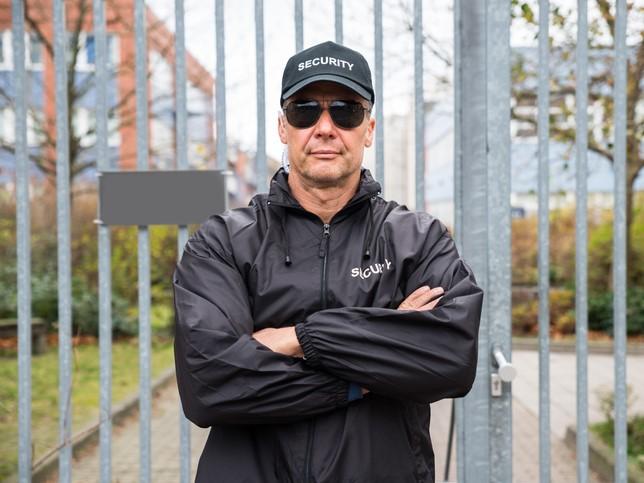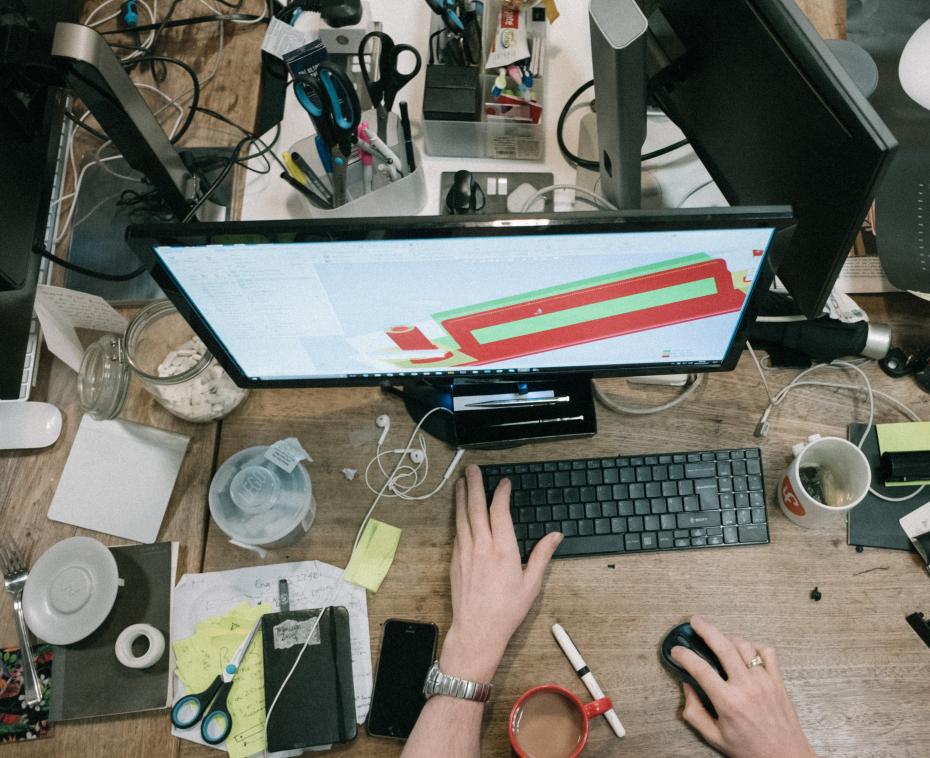
Welcome events make the transition to hybrid

Campus-based “welcome events” can be challenging to navigate and overwhelming for new students; many may struggle with information overload and have varying levels of confidence adapting to new environments and social settings.
However, these events remain important rites of passage and it is well documented that orientation and transition during the first six weeks of university can be pivotal to student success. Pre-orientation periods also provide higher education institutions (HEIs) with an opportunity to create connection early, building on students’ excitement of being offered a place. Early access to the university experience can help cultivate a sense of belonging before students even set foot on campus. Students begin to feel part of their new community and experience reduced anxiety around making friends and university life in general, which contributes to student satisfaction and well-being.
- Spotlight guide: Catching students before they fall
- Universities must do better at bridging the gap between diversity and belonging
- Using remote learning technology to boost student engagement and interaction
Reflecting on the key lessons from the past two-plus years, universities have an opportunity to take the best of online and on-campus worlds, to challenge and reimagine longstanding practices, and to develop a hybrid welcome experience that is paced, flexible, 24/7, interactive and engaging, and allows us to meaningfully connect with our incoming students.
With this in mind, Dublin City University created MyDCU, a pre- and post-orientation immersive learning environment to approximate the atmosphere and experience a new student encounters. The following are our key takeaways from developing our platform.
1. Adopt a partnership approach from the outset
A holistic transitions programme requires cross-unit collaboration. Different stakeholders, from academics to professional staff and students themselves, can contribute valuable perspectives, expertise and resources. The student voice, in particular, needs to be prominent; first and foremost, students want to hear from students like them. Complete university buy-in and central messaging are also essential.
2. Develop personalised and tailored interactive content
Developing a bespoke institution-specific experience is work but highly beneficial. Feedback from incoming students strongly indicates that they are keen to learn about their chosen university and to hear from current and previous students about their experiences. The online content and activities should be inclusive and have a degree of personalisation, allowing each student to undertake their own individual journey, ask questions and self-reflect.
3. Provide early access to build affinity and belonging
Pre-entry availability allows students to begin their transition journey well in advance of on-campus orientation and at their own pace. This is a particular strength for early-offer candidates, such as mature students, online students, international students and those returning to education. Based on student feedback, it helps reduce student anxiety about starting university, builds confidence in using the virtual learning environment (VLE) before the semester starts, makes students feel part of the community, and results in a greater sense of belonging.
4. Develop a strengths-based toolbox
Strengths-based tools and interventions are a powerful way to help students identify and draw on their strengths and experiences that will enhance their emotional resilience. Consider setting tasks that focus on starting well, that acknowledge feelings of anxiety as normal, and that direct them to activities that will increase their confidence and well-being. Use or develop an appropriate framework to underpin these activities, and consider injecting coaching conversations to encourage and motivate students. Examples of these activities could include a self-assessment to get a sense of their confidence levels, a gratitude exercise, a strengths reflection, a short mindfulness practice, a goal-setting activity and a virtual campus tour.
5. Use existing platforms
Containing the experience within the university-supported VLE creates a unified window into the university experience beyond orientation. It helps students become more confident and less anxious about navigating the VLE and university systems, enhancing their digital competence. It also facilitates monitoring engagement patterns. Furthermore, it enables the gathering of feedback, and lets us draw on in-house development expertise, making it more sustainable. We opted for bespoke online interactive material, with information presented in multimedia format (videos, images and text) and built-in H5P freeware, which is accessible to students with disabilities and easily editable.
6. Don’t forget the fun factor
Embedding game-based elements in an online environment – “gamification” – helps to make the experience fun. Using standard VLE features such as interactive material, progress bars, gated progression and digital badges, combined with cleverly positioned positive reinforcement messaging, can motivate students to engage and reward them for it. Building in “freedom to fail”, and giving students multiple attempts on activities, lets them engage in a safe, no-stakes way. We also used a specific tool that awarded students XP points for completing activities and let them advance through levels, adopted straight from the world of video games – and students really enjoyed it!
7. Gather student feedback and engagement data, and use them
A successful transitions intervention must be feedback-informed. It is important to monitor engagement with the resources and to proactively encourage students to provide feedback through quick tools, such as brief surveys, Likert scales or simple check-ins, interspersed throughout the experience. Qualitative feedback comments are an invaluable source of information on what resonates with students, and any recommendations for improvement should inform the next iteration.
The pre-orientation and orientation periods provide a unique opportunity to put student well-being front and centre, and to lay the foundations of starting well. Adopting a holistic, strengths-based approach will help students feel supported and cared for, and increase their sense of belonging in this new environment they are learning to navigate. As HEIs, we should challenge ourselves to move beyond nostalgia for pre-Covid models and engage our creativity in embracing the possibilities of agile, hybrid, student-centred, technology-enhanced approaches.
Annabella Stover is acting director of student support and development, Alicia Menendez Tarrazo is a senior student learning officer within student support and development, and Rob Lowney is a learning technologist in the teaching enhancement unit. All are at Dublin City University.
The Dublin City University department of student support and development was shortlisted for Outstanding Support for Students in the Times Higher Education Awards 2022. A full list of shortlisted candidates can be found here.
If you would like advice and insight from academics and university staff delivered direct to your inbox each week, sign up for the Campus newsletter.
Additional Links
For more resources from individuals and institutions recognised for THE Awards, head to our spotlight guides: THE Awards 2024: learn from the best in UK and Irish higher education and THE Awards 2023: advice from the shortlist.


